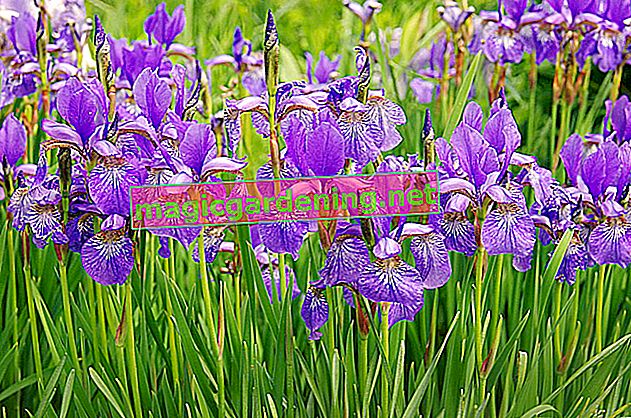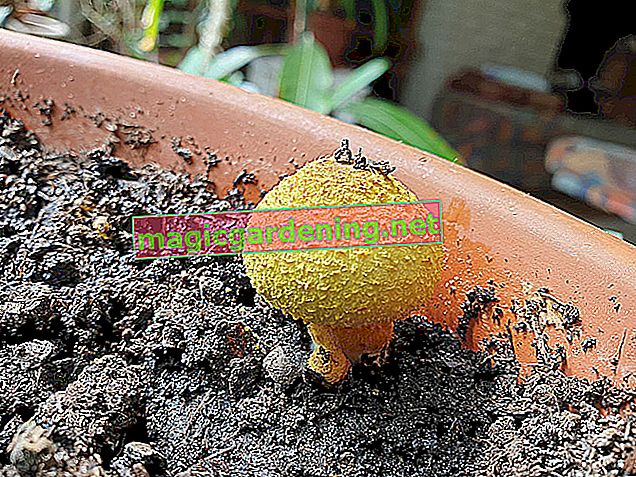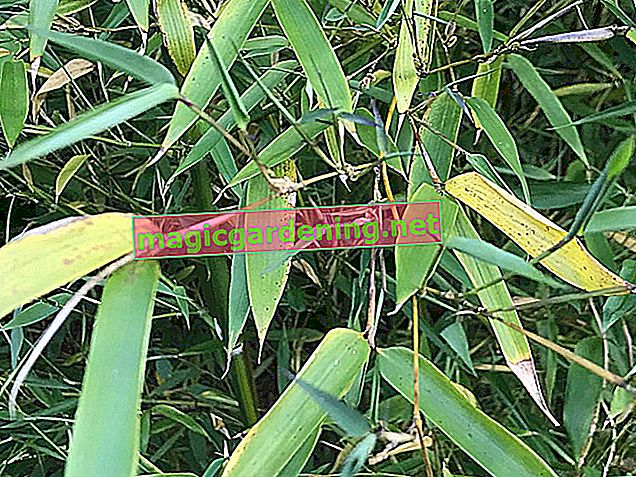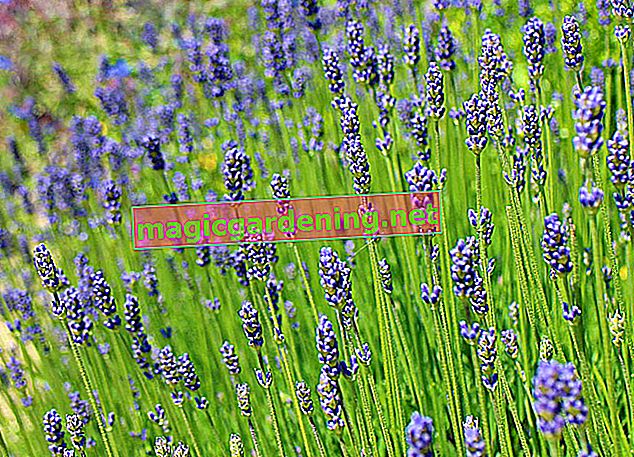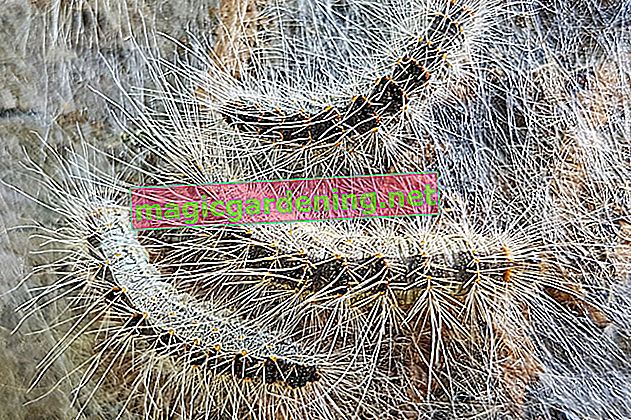
How do I recognize thrips?
Thrips show a similar damage pattern as spider mites, namely silvery dots on the leaves. However, the weave of the mites is missing. The flowers are rarely affected by these pests. Take a look at the underside of the leaves of your orchid, this is where the thrips like to sit.
also read
- Why is my orchid getting yellow leaves?
- What are thrips?
- Is my orchid sunburned? - Tips on symptoms and sun protection
What can I do about thrips?
Once you've identified the tiny pests, it's time to take action. First, put the affected plant in quarantine so that the thrips cannot pass on other plants. If only a few leaves are affected, wipe them thoroughly with a detergent solution. Since the next generation of thrips may already be growing, you should repeat the treatment a few times at regular intervals.
If the orchid is heavily infested with thrips, it makes sense and is easier to shower. First pack the pot in a plastic bag so that the rinsed pests cannot fall into the pot or onto the substrate, otherwise a new infestation is inevitable.
If several orchids are infested or if the infestation occurs again and again, then think about the use of beneficial insects. Because thrips also have natural predators. These include predatory mites and lacewings, both of which you can obtain from specialist retailers.
How can I prevent an infestation in the future?
The thrips feel particularly comfortable in warm and dry air. Therefore, they mainly occur during the heating season in late autumn or winter. To prevent them from appearing in the first place, you should ensure a higher level of humidity. Set up a humidifier or spray your orchids with water that is low in calcium from time to time, this is good for the plant.
The essentials in brief:
- Damage pattern similar to that of spider mites
- silvery dots on the leaves
- Thrips are usually located on the underside of the leaves
- particularly fond of Cattleya
Tips
Prevention is better than fighting thrips. Always keep the air sufficiently humid.


